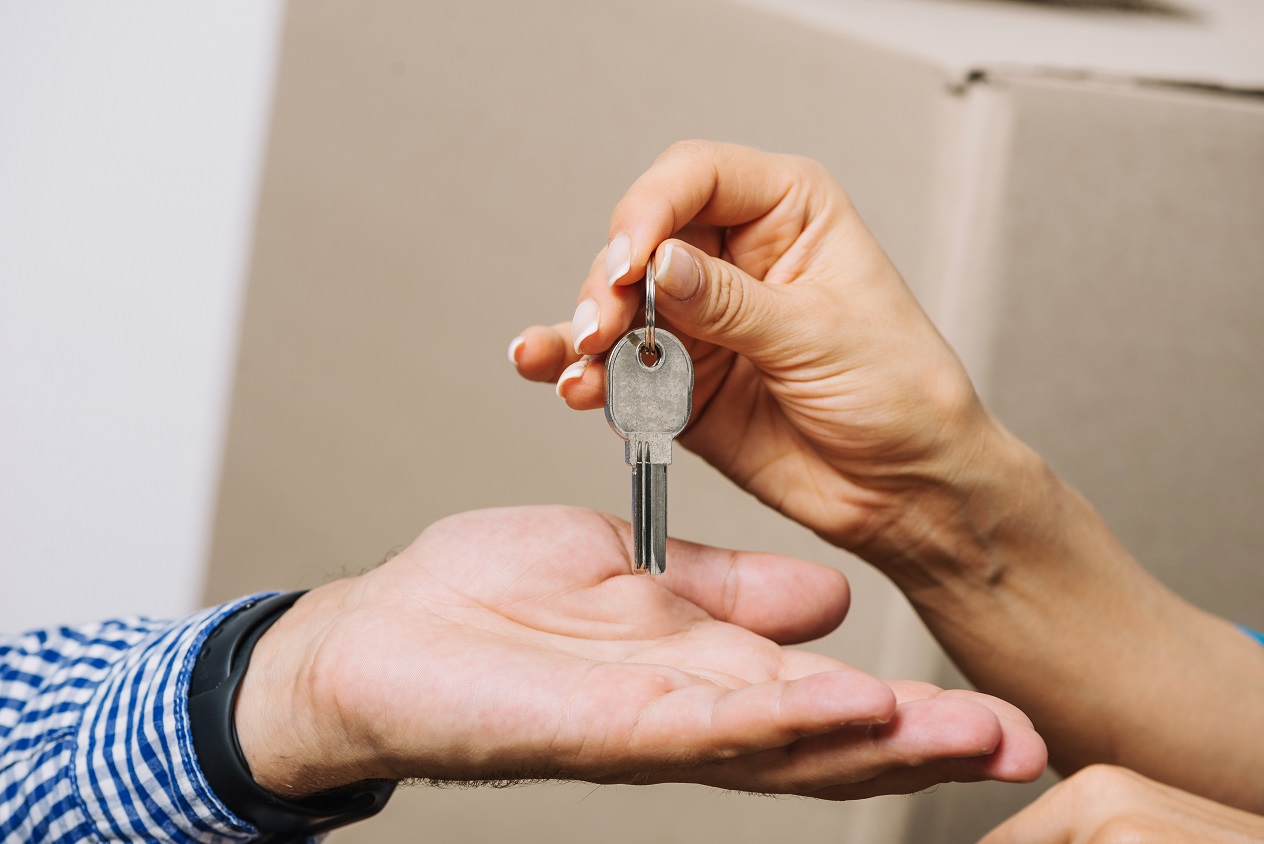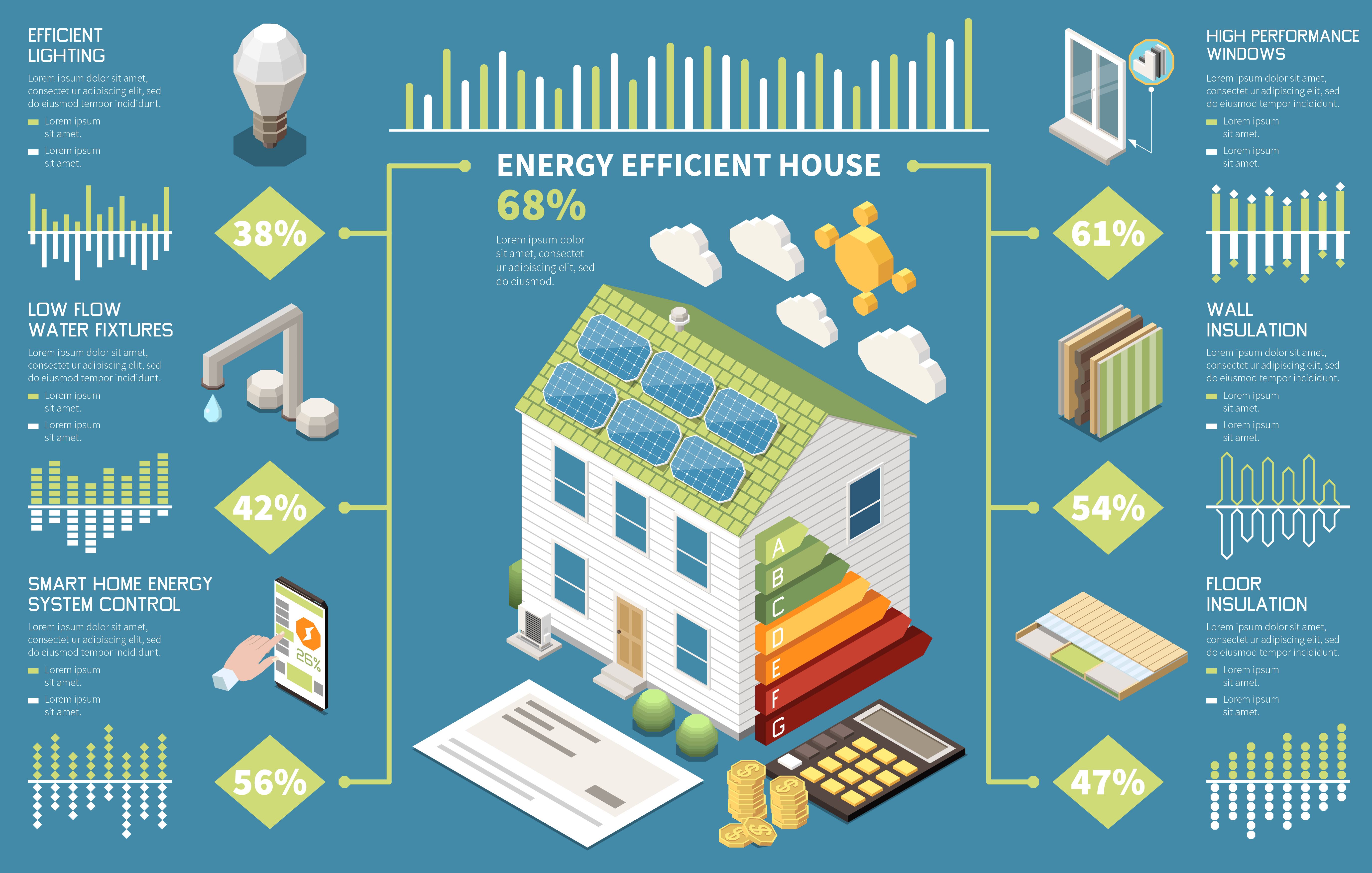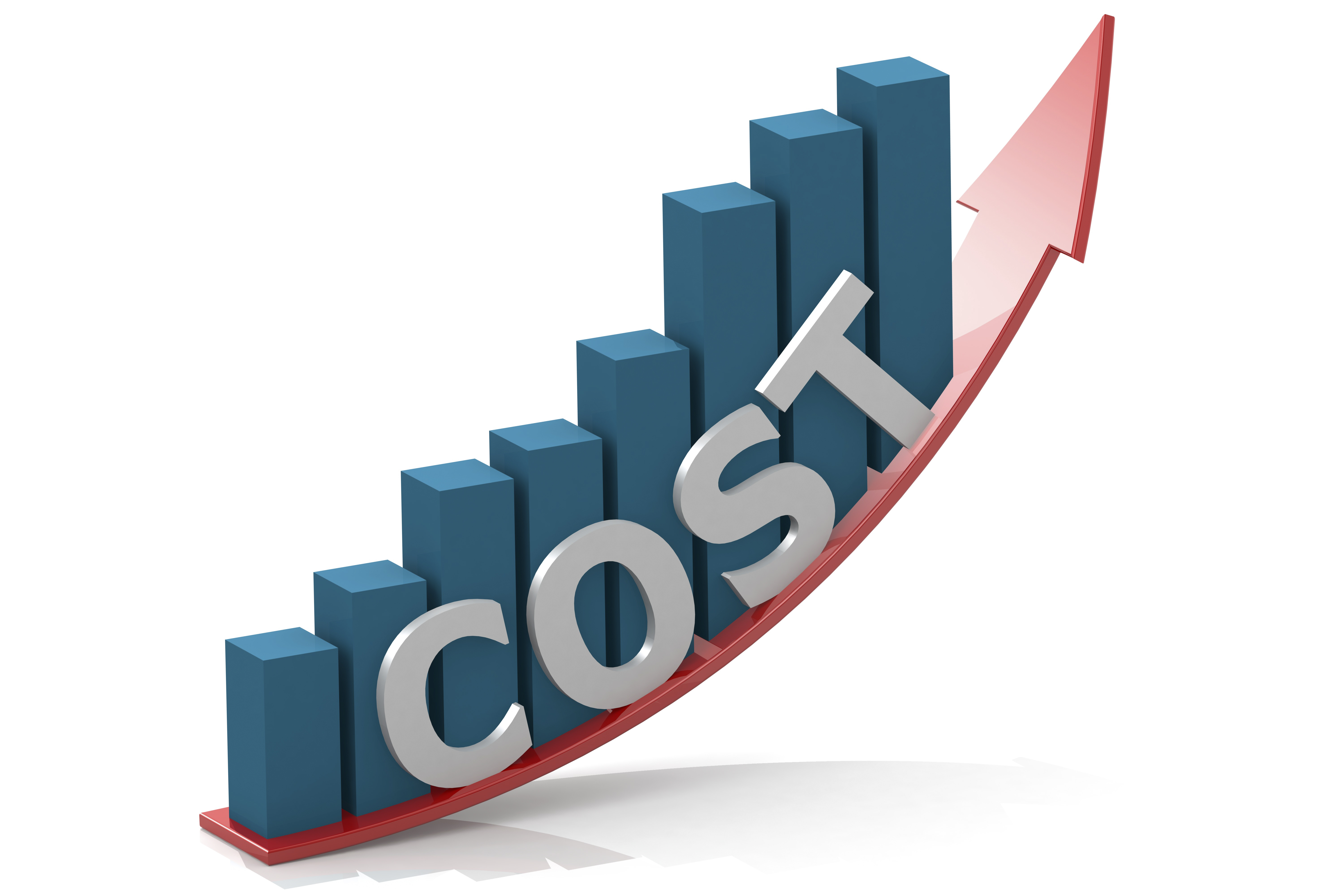A ‘Buy to Let’ purchase is when property investors or private individuals buy property with the specific intention of renting it out to tenants. Buy to Let has become increasingly popular over recent years, and some property market professionals regard it as one of the driving forces behind the recent significant increases in house prices.
It is important to think carefully before undertaking Buy to Let property investments, property can be a difficult market when things go wrong, properties can take a long time to sell if the market turns, and it would be wise to consult a professional before considering the investment. We have put together a brief overview of the things that you should consider before approaching your adviser so that you can get the best return on your investment:
Initial Considerations
- Research the area in which you are buying – will property in this area be a good investment?
- Is there a buoyant Buy to Let market in the area? It may be worthwhile consulting an estate agent as an expert on the local property market. Research at this stage is vital to avoid finding yourself with a property without tenants at a later date.
- Have a professional property survey done. The less maintenance work needed on the property, the easier your role as a landlord and property manager will be.
Once an area has been selected, and a property bought, there are particular benefits and risks to be aware of.
Advantages
- Over time, the landlord, as the owner of the property, will benefit from any capital appreciation of the property. This means that if the house or flat increases in value, they will profit from this when they choose to sell the property.
- In many cases, the rent obtained from the property will represent a significant proportion of, if not fully covering, the mortgage repayments and maintenance (buildings insurance, contents cover and general routine repairs) of the property. This means that the property is essentially paying for itself.
Disadvantages
Aside from the normal risks associated with property, such as a house price crash or an increase in interest rates, there are a number of other risks involved in renting property.
- Your tenants. It is important to secure your relationship with your tenants to avoid problems and misunderstandings at a later date. Draw up contracts between yourself and the tenants outlining both of your responsibilities to the property and to each other. At this stage it may be advisable to obtain copies of your tenants identification and a deposit. A deposit is usually 1-2 months rent. If, during their stay, the tenants cause any damage to your property, the cost of the damages can be deducted from the deposit. It is also typical to outline the responsibilities of each party, and to agree on and sign a current inventory of the property.
- There may be periods when the property is not let to tenants, and the mortgage repayments must be covered by the landlord, not by incoming rent. Also you should consider what would happen to the mortgage repayments if you should have a change of financial circumstances and should consider taking out life insurance.
- Management Costs. Any Landlord should have a contingency fund. Your contingency fund should also be able to cover eventualities such as unexpected bills should there be a structural problem or essential maintenance. You may also incur costs due to your time, plus travel expenses.
- Outsourced Management Costs:
- Letting Agent: you may choose to employ a letting agent for your property. This will reduce your profits as they often charge up to 20% of the rental income as their fee, but it will relieve you of the burden of collecting rent and deposits from your tenants and managing day to day issues with your property.
- Accountant: Profit made from rental income needs to be taxed in a similar way to income from a job. In some instances the letting agent will be responsible for deducting tax, however, if you are managing the property yourself but are not confident about tax matters, you may wish to employ an accountant.
Buy to Let Mortgages
Buy to Let Mortgages are essentially the same as a standard mortgage where the owner resides in the property. However, usually the maximum loan to value is 80%, the term can vary from 5 to 45 years, and the interest rate is likely to be slightly higher.








